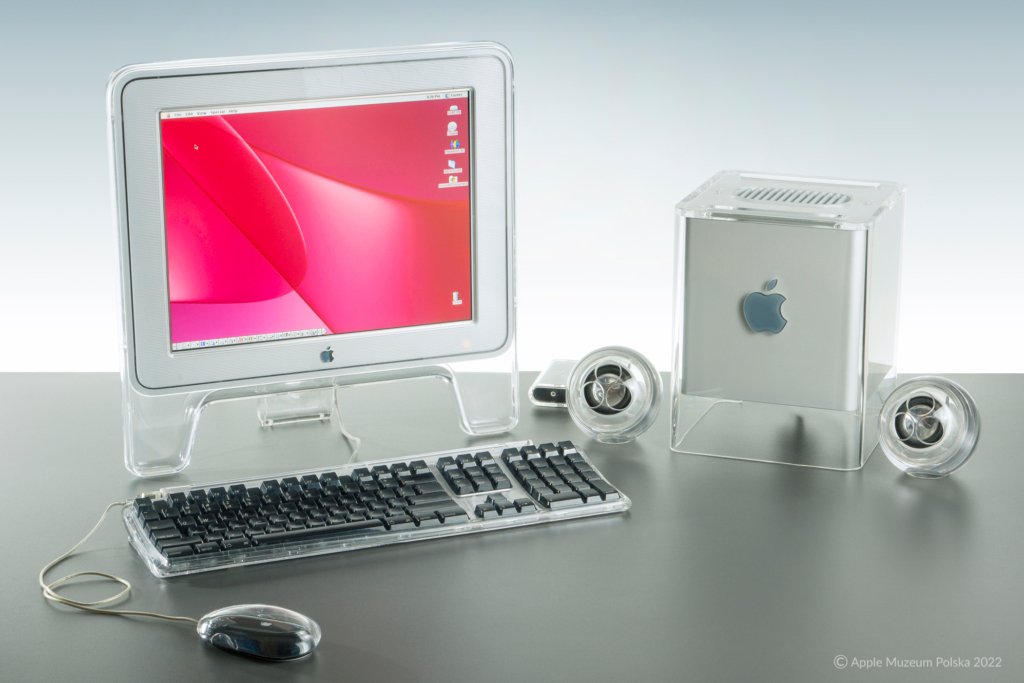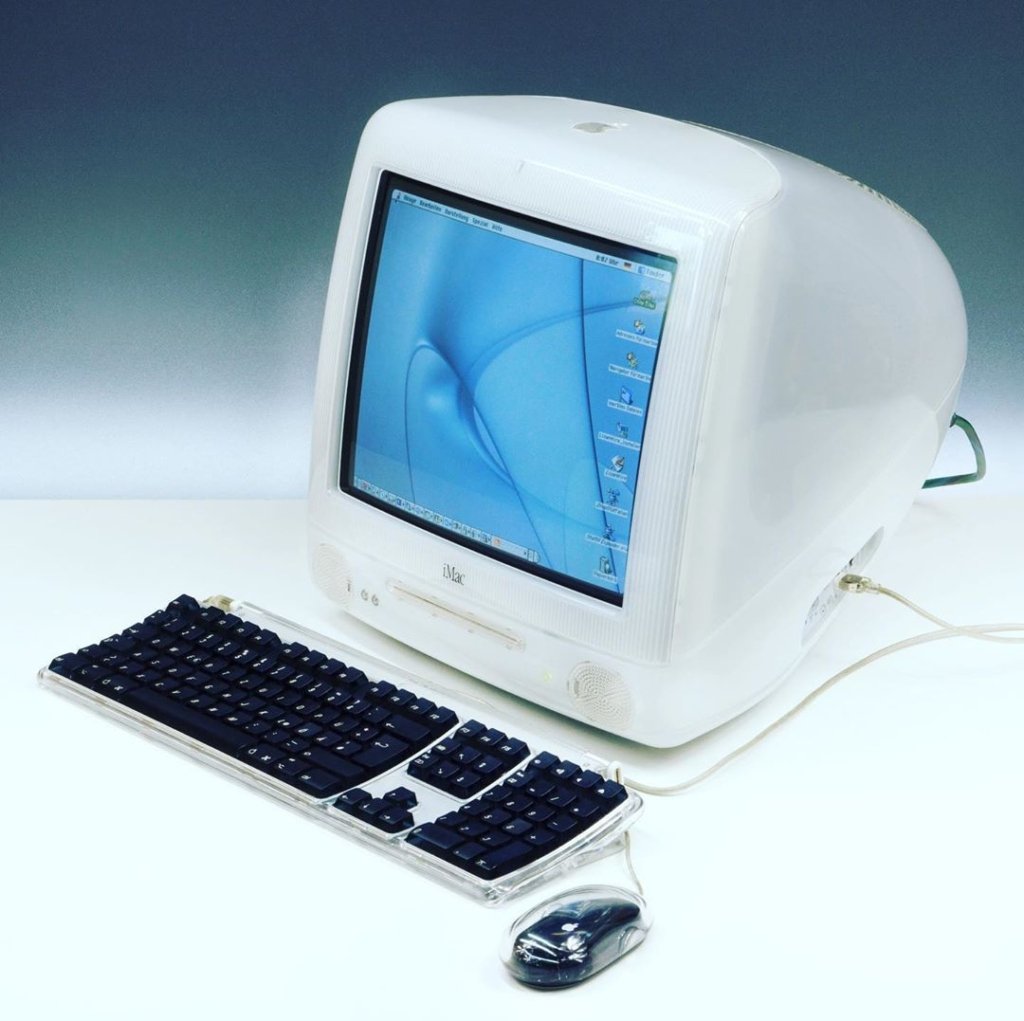In the ever-evolving landscape of operating systems, Apple’s Mac OS 9.1 stands out as a pivotal release that marked the end of an era and paved the way for the future. Released on January 9, 2001, this significant upgrade brought a multitude of features and improvements to the classic Mac OS, making it a memorable moment in Apple’s operating system history.
Mac OS 9.1 was the swan song for the classic Mac OS, designed to seamlessly integrate with Apple’s personal computers. It was available either as a standalone product for $99 or preinstalled on new computers. As the last major release of the classic Mac OS, it holds a special place in the hearts of Apple enthusiasts.
Mac OS 9.1 introduced a slew of features, including a Software Update engine, support for multiple users, and Open Transport Networking. This release was a comprehensive package of enhancements aimed at providing users with a more robust and efficient computing experience.
Among the highlights were the inclusion of iTools, Sherlock 2, and full multitasking capabilities. These additions expanded the functionality of the operating system, offering users a more versatile and user-friendly environment.
| Released | January 9, 2001 |
| Original Price | $99 |
| System Requirements | PowerPC processor 32 MB RAM 320 MB of hard disk space |
| Distribution | CD-ROM |
| Order Number | M8081LL/A |
| Versions | 9.1 |

Mac OS 9.1 brought about substantial improvements in speed and stability. The Finder and application switching became noticeably faster, enhancing the overall efficiency of the operating system.
The Applications folder underwent a name change to “Applications (Mac OS 9),” signaling Apple’s anticipation for the impending Mac OS X. Keyboard shortcuts received an upgrade, with new options like emptying the Trash, View Options, and Add to Favorites.
The General Controls control panel allowed individual users in multi-user mode to set their preferences for cursor, speech, and default folder options, providing a personalized computing experience.
iDisk integration reached new depths, with the “Connect to iDisk” option seamlessly integrated into the Network icon of the Navigation Services open and save dialogue boxes.
The Sound control panel received a facelift, now featuring a signal level meter for improved audio management.
The Startup Disk control panel underwent a significant redesign, preparing users for the eventual transition to Mac OS X.
USB Printer Sharing became a standard feature in Mac OS 9.1, and users could now burn data CDs directly from the Finder, streamlining common tasks.
Despite its numerous improvements, Mac OS 9 was discontinued in 2001, with all its functionalities being seamlessly integrated into the revolutionary Mac OS X. Specifically, Mac OS 9.1 added integrated CD-burning support in the Macintosh Finder, along with a new Window menu for efficient navigation between open windows.
On June 18, 2001, Apple introduced a newer version, Mac OS 9.2, signaling the continuous evolution of their operating systems. However, even after 23 years since its release, Mac OS 9.1 remains a nostalgic and influential chapter in Apple’s journey.
While Mac OS 9.1 may no longer be in practical use, its legacy lives on, continuing to shape and influence the development of Apple’s current operating systems. The improvements introduced in this version laid the groundwork for future innovations, showcasing Apple’s commitment to delivering a seamless and user-friendly computing experience.
Mac OS 9.1 was more than just an operating system update; it was a moment in time that encapsulated the transition from the classic Mac OS to the era-defining Mac OS X. Its impact reverberates through the years, reminding us of the constant evolution and innovation that defines Apple’s approach to operating systems.

Notes
- Incompatibility with Mac OS X Public Beta: Mac OS 9.1 was not compatible with the Mac OS X Public Beta. Installing Mac OS 9.1 rendered the Classic environment in Mac OS X Public Beta non-functional.
- PowerBook 3400 Upgrade Caution: PowerBook 3400s running Mac OS 9.0.4 had to upgrade directly without updating hard disk drivers to prevent installation hangs.
- Password Security Limitations: PowerBook 1400s under Mac OS 9.1 did not support password security. Users were advised to disable password protection before installing Mac OS 9.1.
- Language Kits Inclusion: Mac OS 9.1 marked the inclusion of language kits. Both the system software and language kits had to be updated simultaneously.
- ATM Deluxe Compatibility: ATM Deluxe version 4.5 was incompatible with WorldScript I. Users relying on specific language kits were advised to upgrade to version 4.6 or later.
- Power Macintosh 6100, 7100, 8100, and 9150 Accelerator Card Warning: Owners of these models with third-party accelerator cards faced potential installation issues. Contacting the accelerator card’s manufacturer for assistance was recommended.
Further Reading and References
- Mac OS 9 – Wikipedia
- Oni and Mac OS 9.1: a follow-up – CNET
- Mac OS 9.1 review – MacWorld
- Sources: Mac OS 9.1 lost weight – ZDNET
Disclaimer: The data presented in this article is under continuous development and has been manually collected from various sources based on their availability. The author of this article may revise this dataset as additional research is conducted and reviewed. Please note that the information is provided “as is” and “as available” without express or implied warranties. The author cannot be held responsible for any omissions, inaccuracies, or errors in the published information. Any warranties relating to this information are hereby disclaimed.
Last updated: January 21, 2024
